

Bhima is the second son of Pandu and Kunti, younger only to Yudhisthira. The word ‘Bhima’ means the sentiment of fear. There are two types of fear. The first, instinctive or positive fear arises from a direct sensory impression of danger. This can be channelized by a student to sharpen his/her attention and make it […]
Read More
Yudhisthira is the eldest Pandava prince. Yudhisthira comes from the words, Yuddham Sthairyam, meaning ‘the one who is steady in war’. The body-brain system is our only instrument to rise to higher levels of consciousness (realise our divine nature). We feel we have one mind but actually have five minds within us. It is as […]
Read More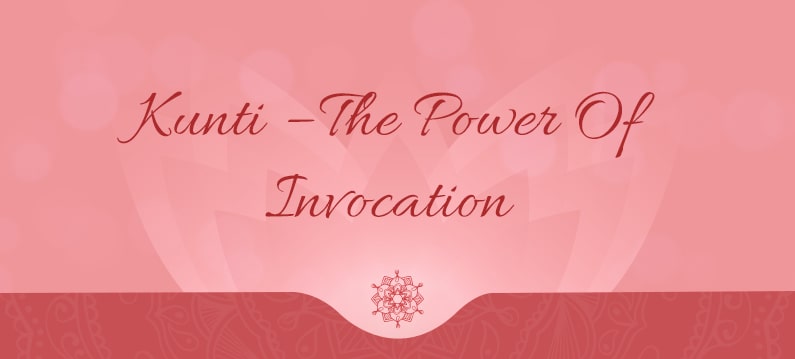
Kunti, wife of Pandu, is the mother to five Pandava prince, of whom she has given birth to the three elder Pandavas. Kunti was the daughter of Surasen, father of Vasudev and grand-father of Sri Krishna. Kunti’s name at birth was Pritha, meaning Earth. Surasen had promised to give his first child to his cousin, […]
Read More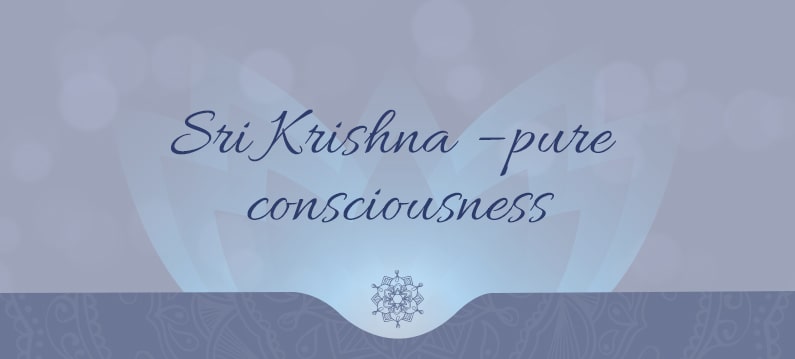
Our effort as students of spirituality is to merge with the inner master Sri Krishna. He is the epitome of consciousness and his life is rich with symbolic episodes that hide the deepest mysteries of life. Let’s understand a few aspects of his life and unravel for ourselves the truth behind them. Devaki’s cousin, Kamsa […]
Read More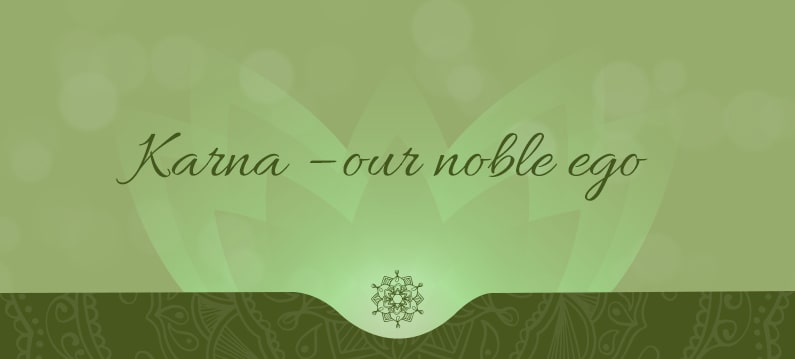
The story of the warrior Karna appears full of sorrow and misfortune. On the path of spirituality, we are concerned with identifying the Karna within our psychic nature; observing and studying this multifaceted character so that our consciousness is slowly freed from his bondage. The life of Karna is rich with events and incidents making […]
Read More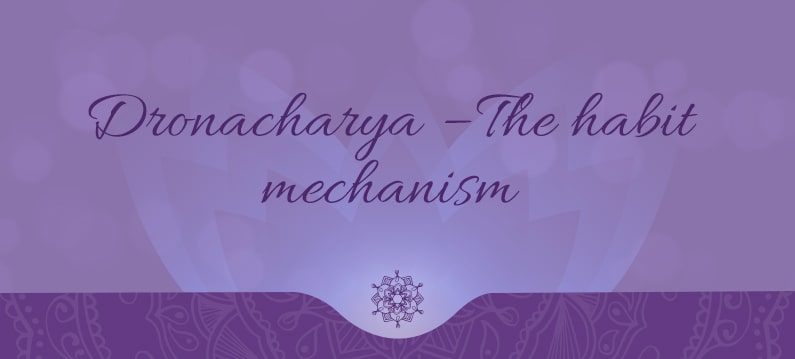
The aim of our spiritual quest is to awaken our soul from the deep spell of hypnosis of life. The soul is bound by many cords but the thickest among these is that which is formed by our habits. Habits are of many kinds – intellectual, emotional, and of the body. The patterns of behaviour […]
Read More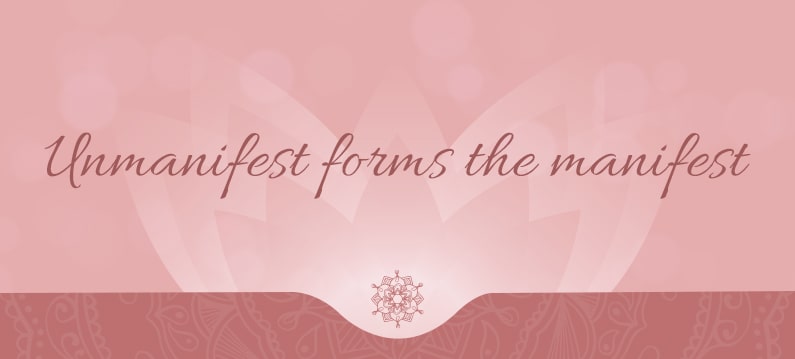
The river of life has two streams. The visible, apparent to the five senses, constituting causes understandable by our normal thinking, and the invisible, having causes that are hidden to our senses and thinking. Thus, every event occurring in our lives has visible as well as hidden causes. Hidden laws work behind the apparent surface […]
Read More
Kurukshetra means the field of doing. The doer within us is our ego. Bhishma and Arjuna are two very important warriors in the Mahabharata; Bhishma symbolising the ego within us, and Arjuna depicting the disciple within us working to dissolve the ego. The ninth day of the Mahabharata war is characterised by Bhishma devastating the […]
Read More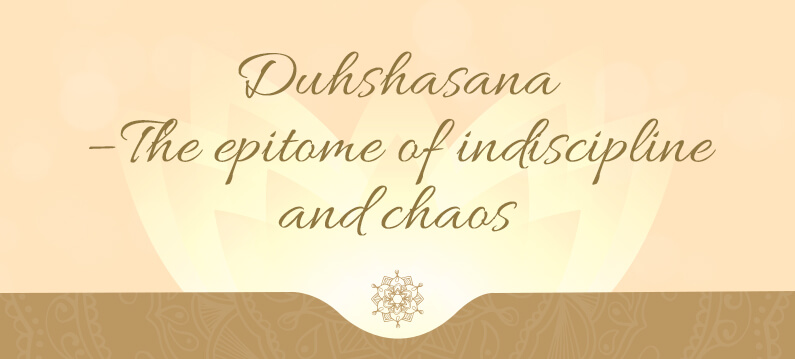
Duhshasana, Duryodhana’s younger brother, worships the ground Duryodhana walks upon. Duhshasana was the instrument of Duryodhana’s evil intentions, whether trying to poison and drown Bhima, or attempting to kill the Pandava clan in the palace of lac, or the disrobing (vastraharan) of Draupadi. He was the doer to Duryodhana’s desires, and as a consequence, is […]
Read More
We use our epic texts as the cornerstones of our faith and values. They are stories that provide engaging richness of characterization and plot progression. Beyond this, they are treatises on religion, morality and philosophy, which form the bedrock of civilized society. We must examine and experience the Mahabharata in both these lights concurrently in […]
Read More
Scriptures say we have been born upon this planet earth to play a certain role; to act a part. Instead, we take this part to be ourselves. The symptom of this is that we react to every event in life, and this very reaction hypnotizes us to the event. Sadly, we are in this semi-sleep […]
Read More
We have two ways of thinking – sensual and psychological. Similarly, we can say we have two bodies; the physical, which we see with our five senses, and the psychological, which we see with our mind. The object of all spiritual ‘sadhana’ is to awaken to our own psychological body and to become a witness […]
Read More
The Mahabharata is perhaps the oldest epic tale. It tells the story of a great family war. There are two ways of looking at it – the first is that of an event which took place many thousands of years ago, and the other of something happening every moment in our lives. My teacher always […]
Read More
We’ll continue the topic of the chakras next week. Today, let us focus on some fundamentals. We live in a perpetual state of non-acceptance, without ever realizing it. However, to progress on the path, there are some basic acceptances that we must absorb into our being. Let us study them. The first basic acceptance is: […]
Read More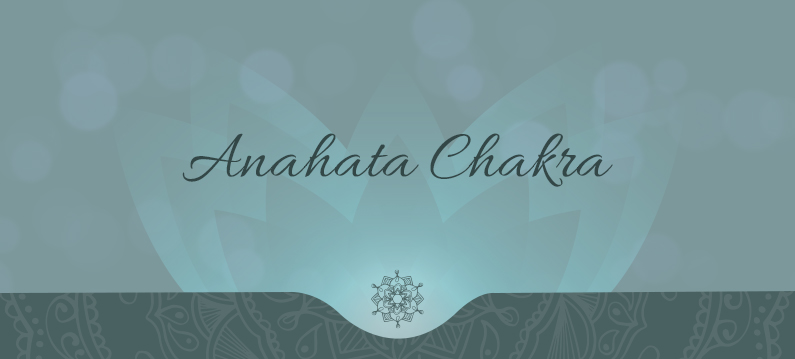
Once we come to the Anahata, we are at the central point in our chakra system. The heart is the centre of things. There is an expression – ‘get to the heart of the matter’. This is where matter and spirit meet, the lower meets the higher, without meets within. Once centered at the Anahata, […]
Read More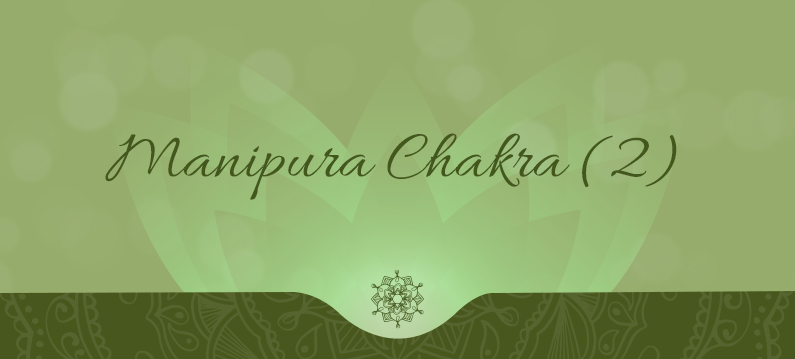
Let us continue exploring the significance of the Manipura chakra.
The Manipura chakra is described as a shining ten-petaled lotus.The petals are dark blue or black, like the color of dark rain clouds.
Read More
Last week, we delved into the opening of the higher aspects of the Svadhisthana Chakra through the sex act. We will return to this topic sometime in the future. This week,
Read More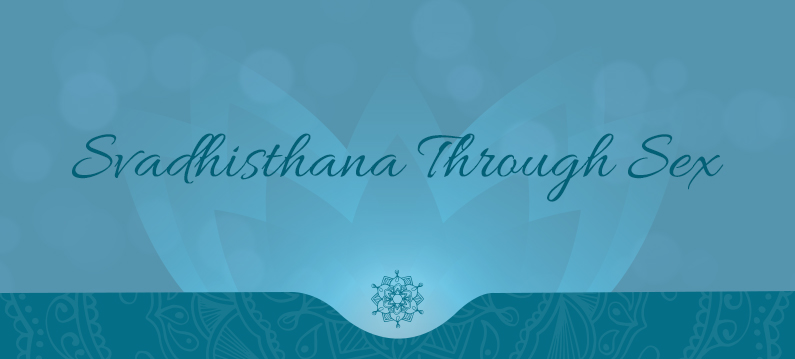
In the second article in the Svadhisthana Chakra series, we noted that the Svadhisthana chakra controls the sex act. Over the past few weeks, I’ve briefly touched upon some aspects of this. Let us now explore it in detail.
Read More
Let us delve deeper into the symbolic representation of the Svadhisthana Chakra.
Read More
Let us continue exploring the deeper meaning behind the symbolic representation of the Svadhisthana Chakra.
Read More
Let us delve into the world of dreams this week before we go back to speaking about the chakras.
Read More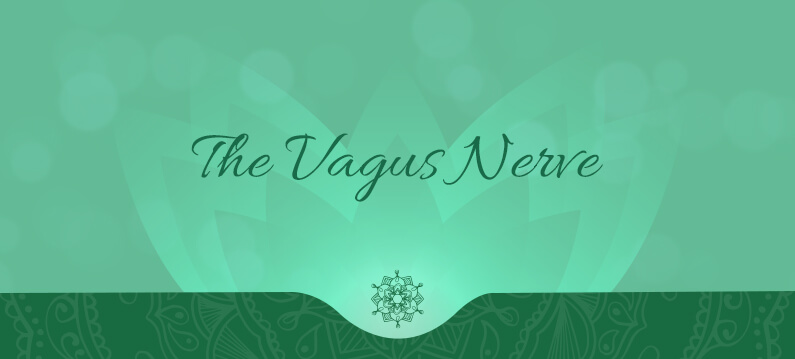
Let us deviate from the current series on the chakras to focus on the vagus nerve this week.
Read More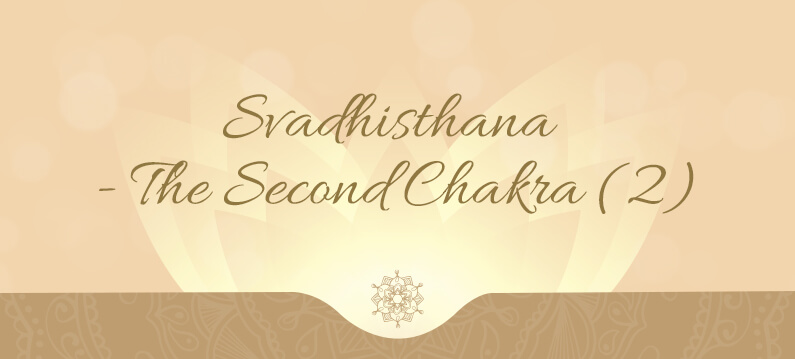
In the last article, we touched upon the Chandrabhedan Pranayam as an exercise to balance the influence of the Svadhisthana chakra. It also alkalizes the body and keeps it healthy.
Read More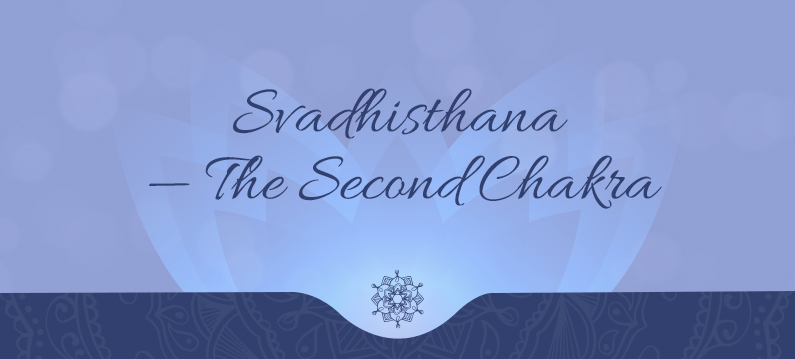
As we have seen, the first chakra Muladhara depicts that we are rooted in life. But life is universal, it has no individuality. In the second chakra, Svadhisthana, the individual self-expresses itself.
Read More
In the last article, we touched briefly upon kundalini Shakti. Some cosmological background is required here for a deeper understanding.
Read More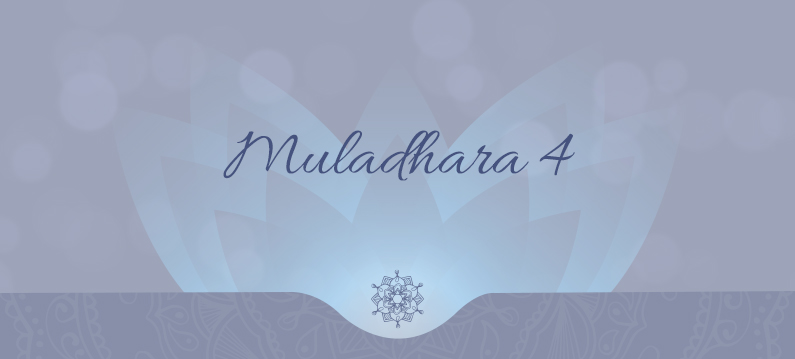
Let us continue studying the Muladhara Chakra.
We have seen that every element or tattva manifests the form, color and action of its particular vibration. The yellow square within the chakra represents its vibration of the earth element.
Read More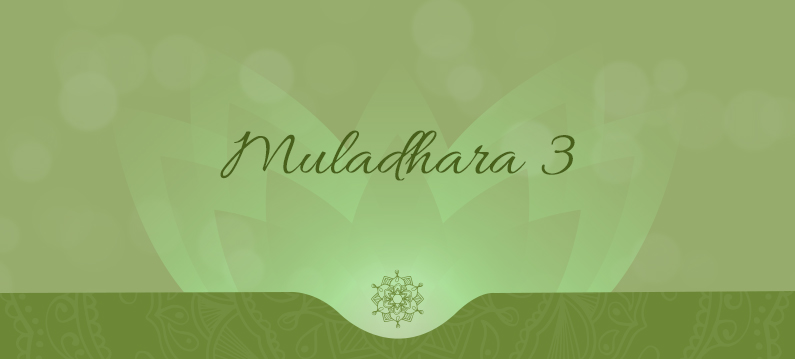
The visual representation of the Muladhara chakra is a lotus with four red petals.
Read More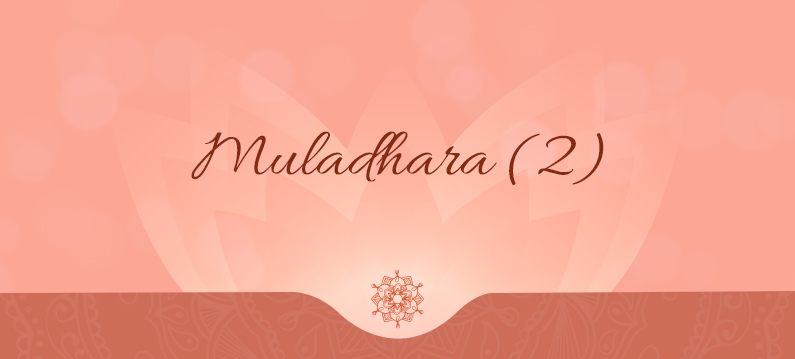
Color: The primary color of Muladhara is red. This is the color connected with our primal needs, such as sleep, eating, drinking, survival and later, sex. Red is the color of raw energy.
Read More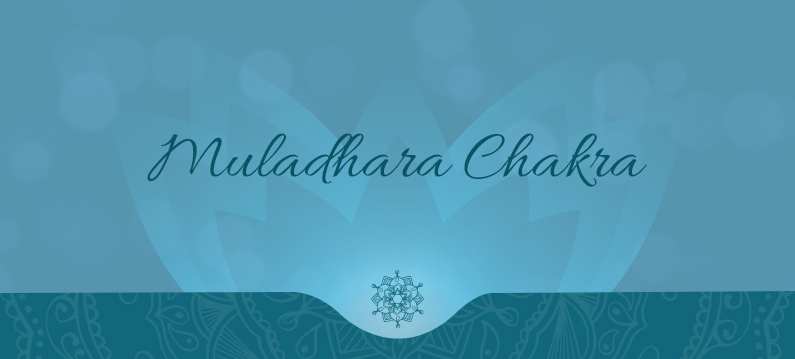
Muladhara, the first chakra, is called the root and basis of existence.
Mula means root and adhara, the basis. I must say that I’ve taken some latitude in interpreting the meaning of the word Mula as root.
Read More
Last week, we examined how the chakras are minor brains that have multiple connections running through our body-brain system.
Read More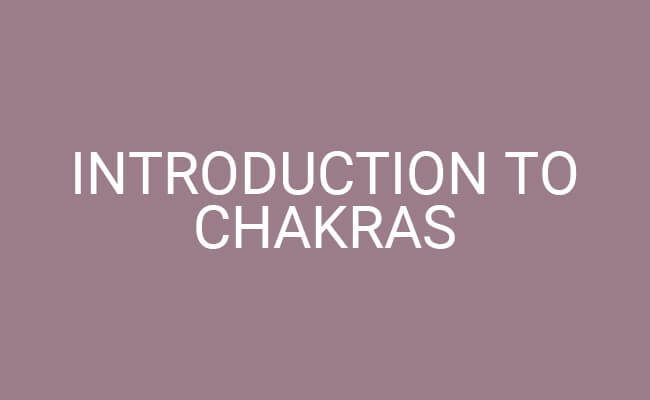
Let us study the chakras. Many writers have talked of more than seven chakras, including my teacher, Mr. Tavaria. However, for our present study and understanding, we will assume there are seven chakras.
Read More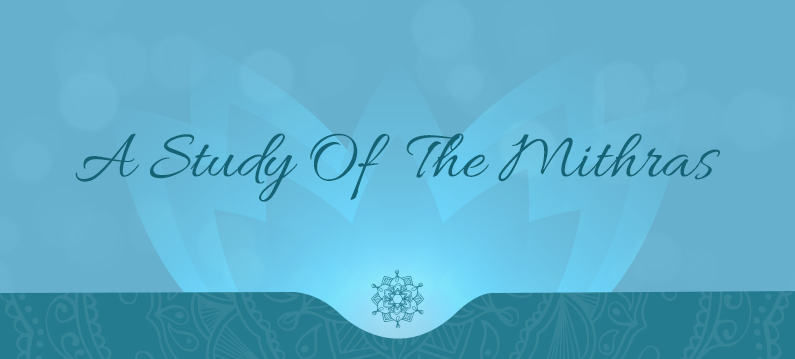
Some years ago, I had the opportunity to visit the London Museum and see the statue of the ancient god Mithra slaying the bull. Let us study the significance of this artifact.
Read More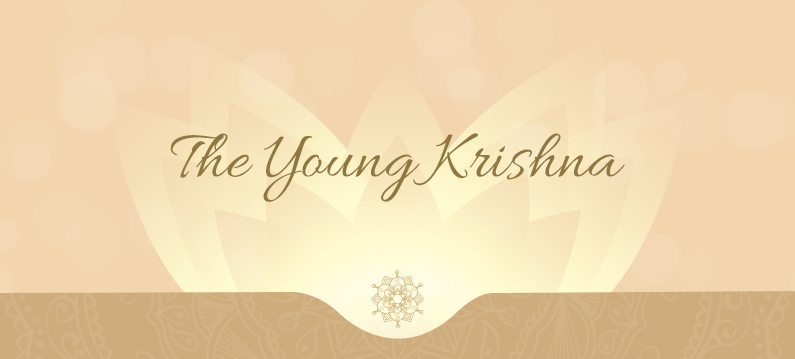
Let us study the image of Bala Krishna or the baby Krishna sucking his toe. This symbol of the newly born cosmic child evokes intense emotions and never ceases to amaze me, filled as it is with deep esoteric meaning. In the Shrimad Bhagvad, the scene of the baby Krishna sucking his toe appears twice.
Read More
For students of spirituality, any moment not spent working to rise in consciousness is a moment lost. We fall back into the sleep of identification drifting into the sleep of life.
Read More
Each process of life, every act, whether it is physical or mental, requires energy. Therefore, as students of spirituality, we must understand the right use of energy.
Read More
Today, I would like to share something that may seem absolutely farfetched. But instead of stating it directly, I will flashback to a conversation I had with Mr. Tavaria many years ago.
Read More
What do we mean when we use the word ‘mind’?
We live under the illusion that we have only one mind, which consists of our thoughts (intellect).
Read More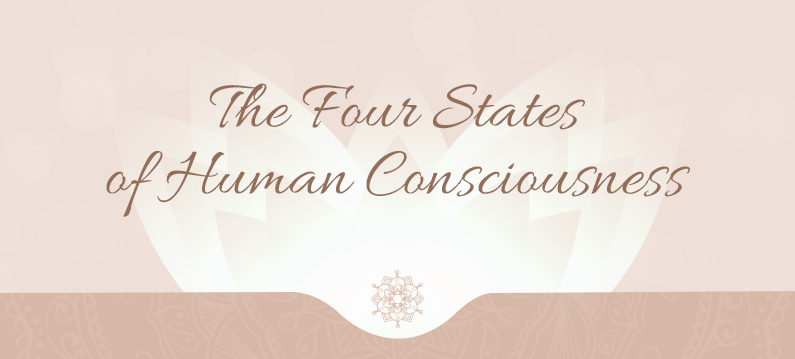
Today, let us study the four states of human consciousness and their relationship to different kinds or levels of attention. This is not a simple exercise, but it is an important one, given how many things—large and small—pull at our attention right now, causing us distraction and stress.
Read More
Daydreaming can be defined as a kind of mind wandering, indulging in make-believe fantasies that usually just glorify ourselves. Many studies have been conducted on daydreaming, and the results have been quite similar. According to one study, nearly 47% of people spend a considerable amount of time daydreaming.
Read More
I met Mr. Tavaria in 1988. For the past thirty-two years, I have been studying his writings to further my understanding of what he is telling us.
Let us examine correlations between Mr. Tavaria’s writings and Gurdjieff literature.
Read More
Today is the seventh day of the brighter half of the month of Vaisakha. This is the day the River Ganga descended to earth from the heavens.
Read More
Buddha Purnima is the night of the full moon, when Gautama Siddhartha attained enlightenment. He became the Buddha then and began to preach his sermons, which included details of the four noble truths. This is the beautiful story of his enlightenment.
Read More
Lord Shiva is worshipped in two ways: as a form (in a statue), and as the formless (in a linga). Thus, the Shivalinga is the mark of the formless Shiva. Linga means the mark, the smallest mark of Shiva, beyond which is the formless.
Read More
Humans possess three fundamental faculties: consciousness, attention, and will.
Throughout the centuries, from philosophers to yogis to scientists, everyone has tried to define consciousness. Yet, consciousness still remains one of the most esoteric and mystical aspects of our lives.
Read More
The theory we hear so often is that humans evolved from the apes. But we must still ask ourselves the question, Have we really evolved?
Though our physical forms have evolved, if we could look into our minds, we would that see we are still not very different from a monkey, chattering away twenty-four hours a day. We cannot really say we’ve evolved unless we learn to calm this inner chatter.
Read More
Since it was Mother’s Day recently, I thought I would scribble a few notes on the subject of Mother.
There is the physical mother and there is the eternal Mother. Before birth, the soul seeks both a mother and a father in order to enter the physical realm. The physical mother gives birth to the physical body. But before the physical body, there was a Mother, the eternal Mother, who was always there.
Read More
Please enter your email address to subscribe to this blog and receive notifications of new posts by email.
Glad to have you!